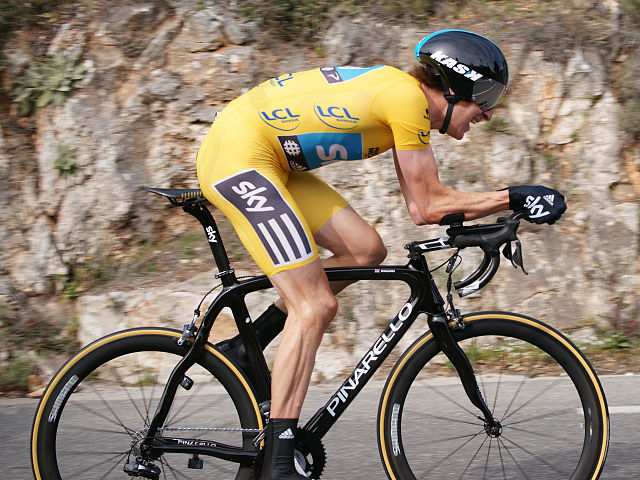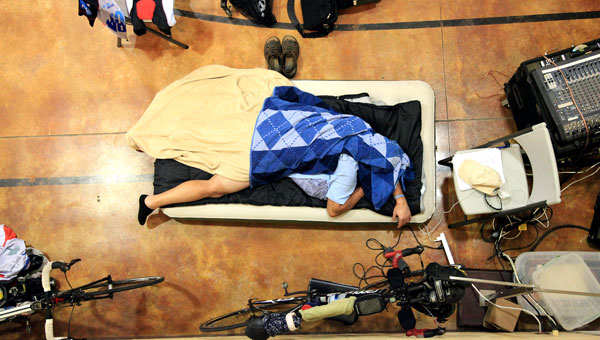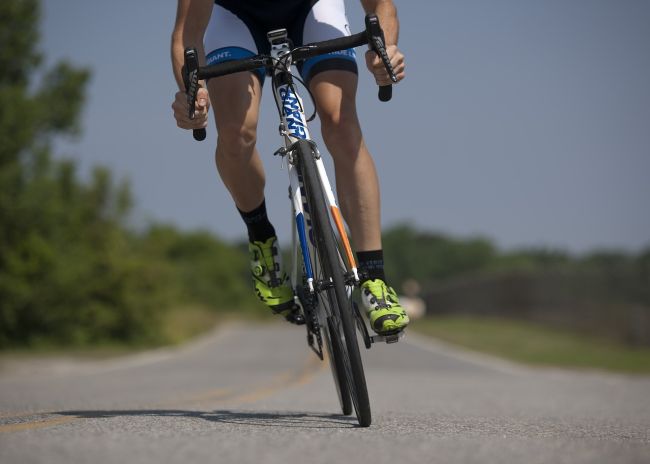
Returning to sports after years of not training- how do I do it?
13 September 2017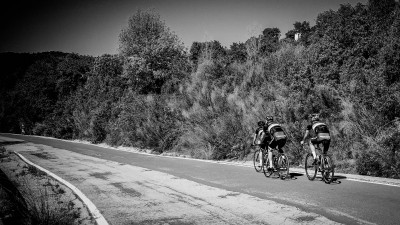
Psyche and Racing
13 September 2017
“Only 2 kg to go and really, I will be stronger.”
“If only I could lose 3kg of fat maintaining the body weight I would have a 10% better W/kg parameter on the FTP threshold.”
“I ride a lot, and I cannot lose weight – why?”
Have you ever asked yourself these or similar questions? In this article, I explain what is the weight-to-power ratio and give you some tips on how to improve yours.
Weight and power
A cyclist has a better power-to-weight ratio, the faster he can move with less energy, especially in mountainous terrain. The most important factor is to keep the fat low, which in amateurs is optimally around 7-10% for men and 13-16% for women. Going below these values is not safe for a more extended period, and having more fat limits our efficiency and the ability to improve our physical condition. Not everyone knows that low fat is not only lower body weight but also better nerve conduction, which affects both the improvement of muscle performance, as well as their regenerative abilities and the possibility of further progress.
The W/kg parameter allows for easy comparison of the condition between particular cyclists and also helps visualize the athlete’s current level concerning the goals he sets for himself and the nature of the races in which he participates.
Do I have to lose weight to ride faster?
The answer to this question depends on the nature of races in which we participate. I think that if we race mostly in flat terrain with sporadic, short climbs of less than 5 minutes, an exaggerated focus on maximum (above given limits) lowering the percentage of fat is not justified. In my opinion, the absolute power has much more influence on the final result and speed of riding in a flat terrain than the W/kg parameter. This is why when riding in flat terrain, the best results are achieved by relatively massive athletes generating higher absolute power and as a result, riding faster than skinny highlanders weighing about 60 kg and with a theoretically better W/kg ratio We are talking primarily about stable cycling, e.g., time trial. See the table below:
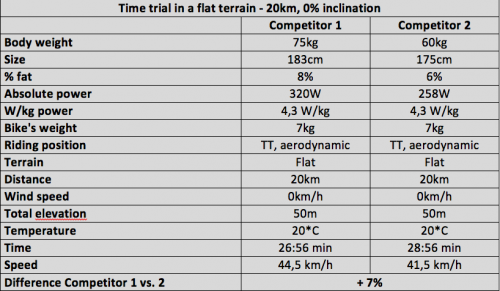
It shows that with the same W/kg ratio (4.3), a 75 kg cyclist is riding faster by 7% at a distance of 20 km in flat terrain than a competitor weighing 60kg. The conclusion is that in preparing for racing in the flat terrain, low body weight achieved at any cost and the expense of many sacrifices may turn out to be ineffective.
The situation is different if we race on long uphill routes or we just like climbing, and we would like to achieve better results in this kind of cycling. Then, body weight is essential – riders with a lower body weight win on long climbs. Physiologically slim athletes also have a high TTE parameter compared to those with higher body weight (Time to Exhaustion – the amount of time above which it is impossible to ride at the FTP level). As a result, such athletes can maintain their threshold power for longer, thus gaining on long climbs.
How to improve W/kg?
There are only four ways to improve the W/kg parameter:
- Increase the level of generated power while maintaining the current body weight
- Maintain the level of generated power while reducing body weight
- Increase the level of generated power and reducing body weight
- Reduce the level of generated power with even greater weight loss
Each of these methods will improve your W/kg parameter, but the first two are the most feasible ones. In the beginning, the most important thing is to determine which of these strategies you choose and then adopt the plan to achieve this goal.
The easiest way is to monitor the W/kg parameter is by using the Power Profile graph in Training Peaks or WKO. With these kinds of software, you can quickly see which elements need improvement. If you work with a coach, he will do it for you and choose the right workouts, so that you can progress. The graph below shows that the training works because each of the W/kg parameters shows progress:

In my opinion, the best method to improve W/kg is to have an optimally profiled and individually tailored training plan, combined with an appropriately selected diet, providing (if necessary) gradual, regular loss of body fat, while securing the catabolism of muscle tissue. In short – training is to increase physical condition, and proper nutrition – to regulate body weight.
An often underestimated way to improve W/kg is by doing weights workouts at the gym. The improvement of the strength of both the upper and lower body will positively influence the efficient transfer of energy to the pedals, increase the power generated by muscle fibers, and prevent different kinds of pain, for example back pains, to occur during long rides.
What happens when you improve your W/kg?
When your body proportions change, and you increase the ratio of muscle mass to body fat, water retention factor also improves. Muscles are composed of about 70 to 75% water, while fat is only 10%. Considering that even a 3% dehydration level results in a 10% decrease in efficiency, it is easy to notice how beneficial is the increase in the ratio of muscle mass to body fat for our overall fitness level. Thanks to this, you are building a more efficient and healthier body.

How to lose weight healthily?
Reducing weight “by all means” is never beneficial, especially for amateurs who do not have daily access to a personal sports doctor. The simplest ways to lose body fat mass healthily and safely are:
- Do not gain too much weight after the end of the season (according to me, max 5% body weight, i.e., 70kg = approx. 74kg max).
- Reduce fat before the beginning of the racing season, because then the body must already work in “the same conditions,” i.e., without fluctuations in the composition and proportion of the body, which translates into the effectiveness of training.
- Allow for deviations from the diet every now and then (several times a month), but on a daily basis pay attention to what you consume.
- Do not worry about sudden jumps and weight drops, but monitor the body in longer intervals (7-10 days) and save them (e.g., in a training diary).
- Use common sense in all of this.
